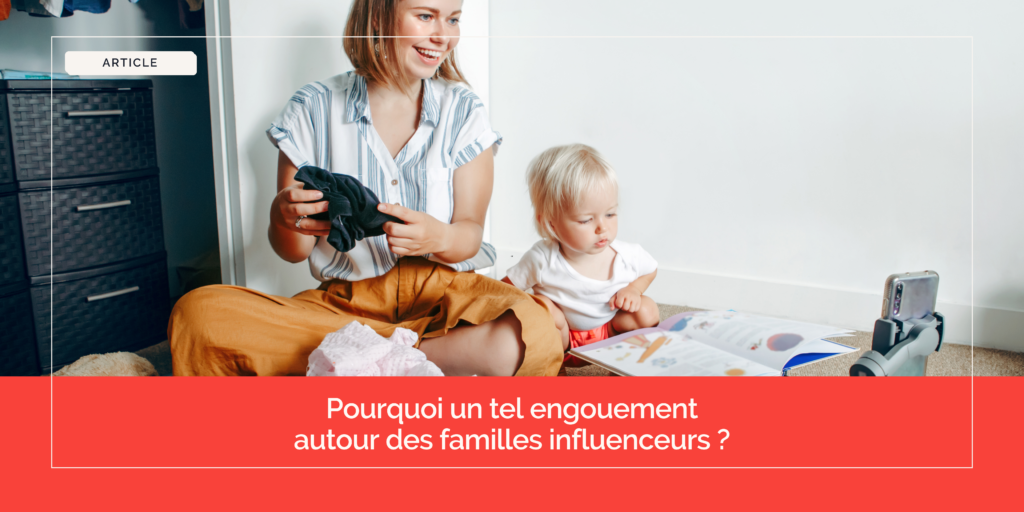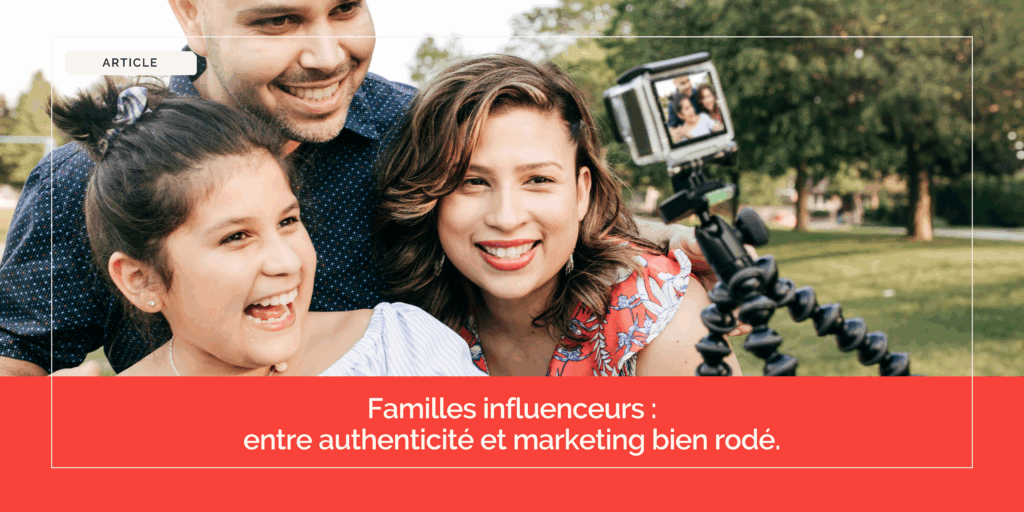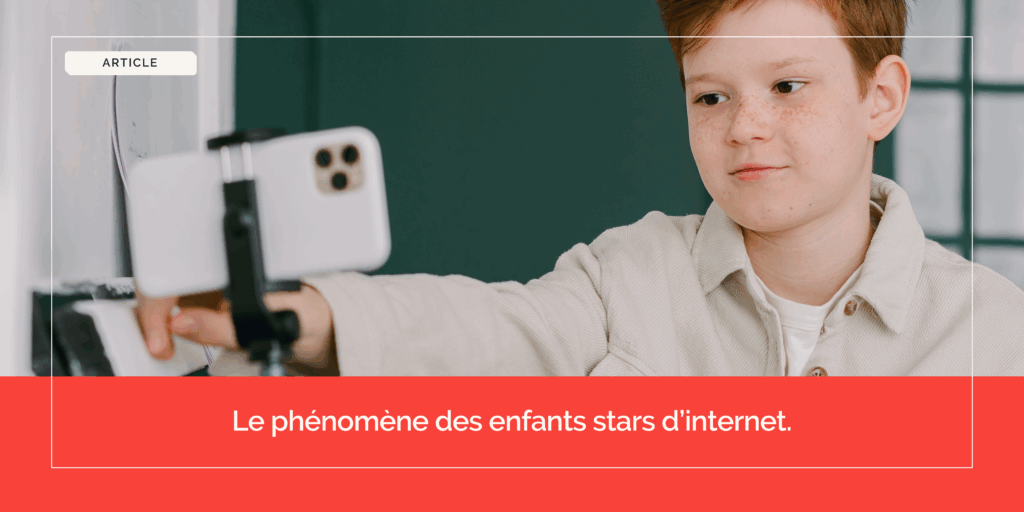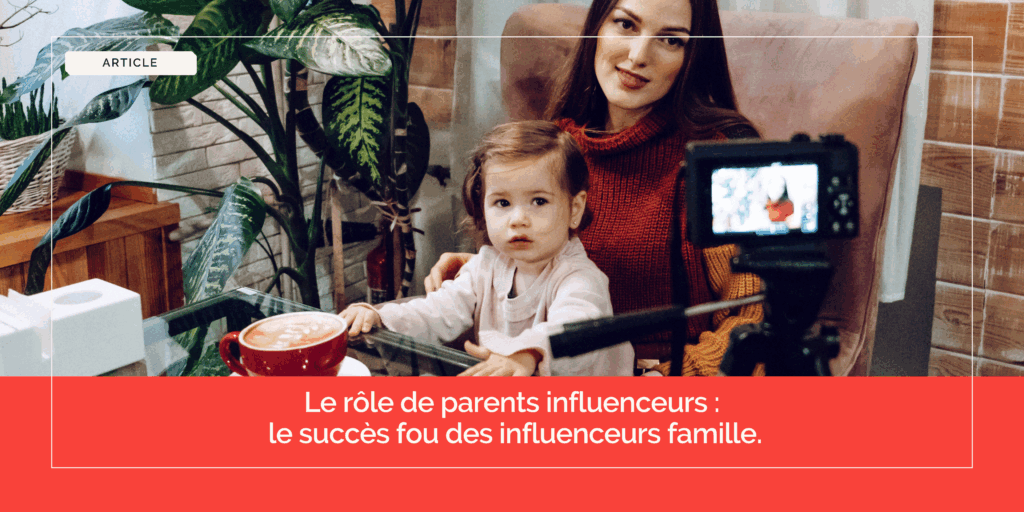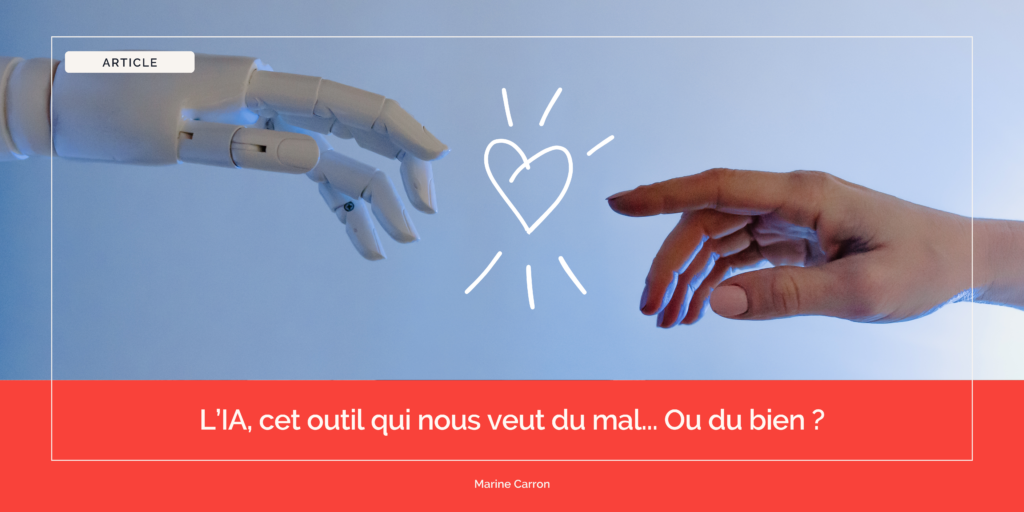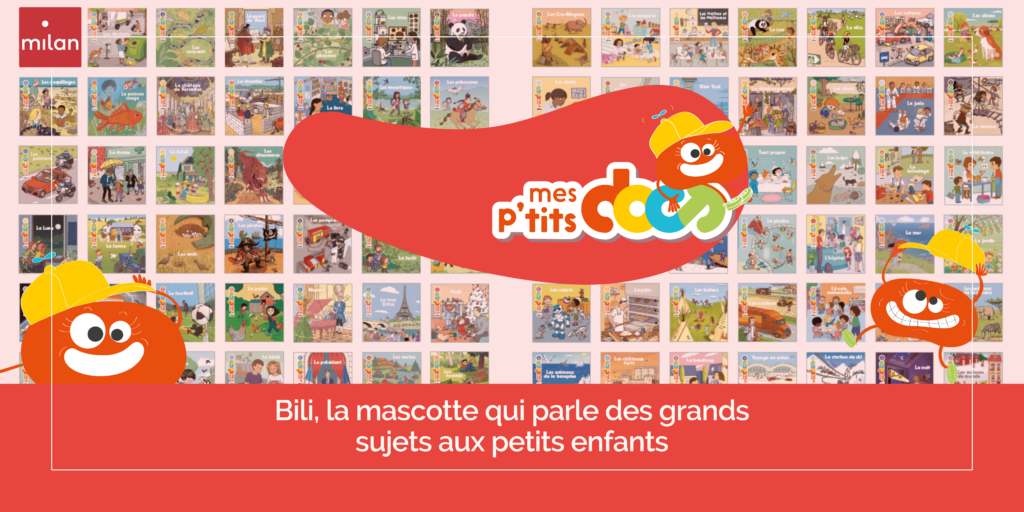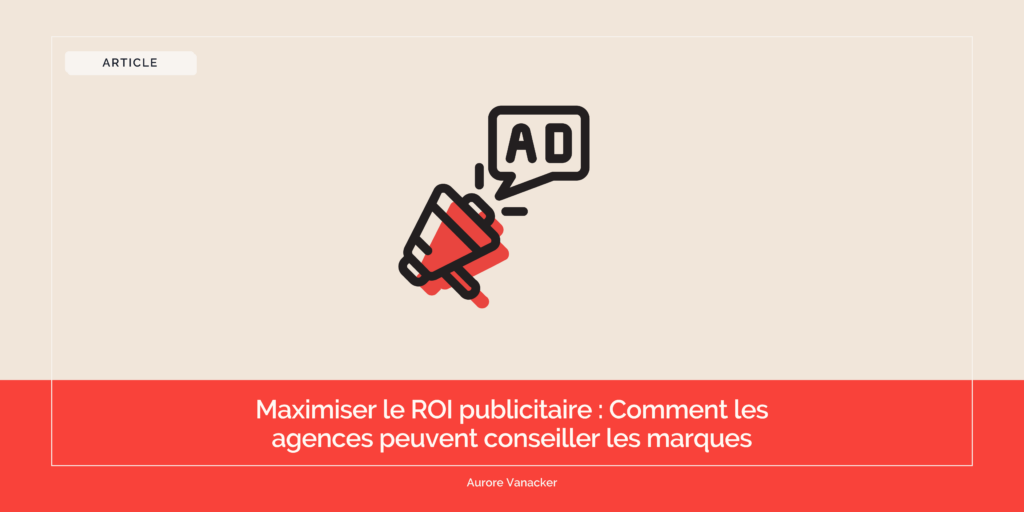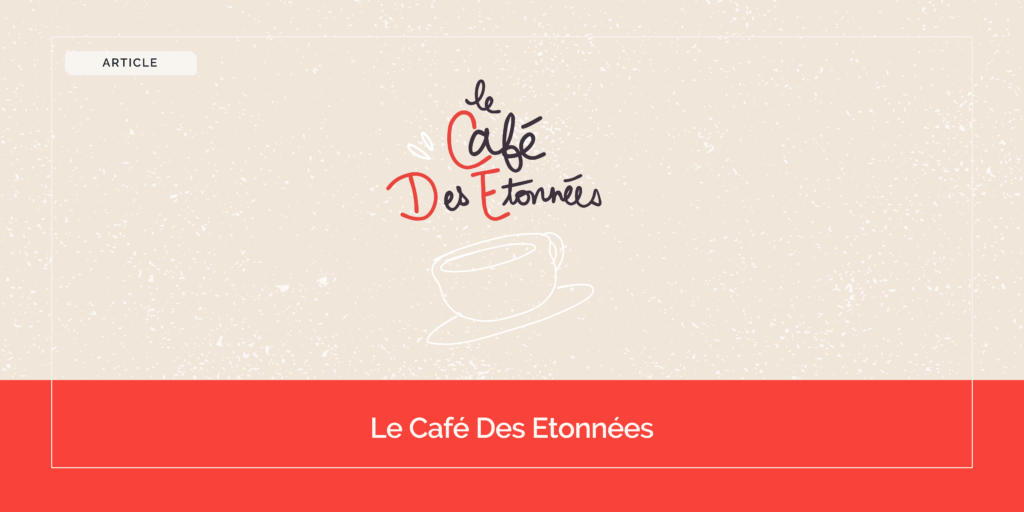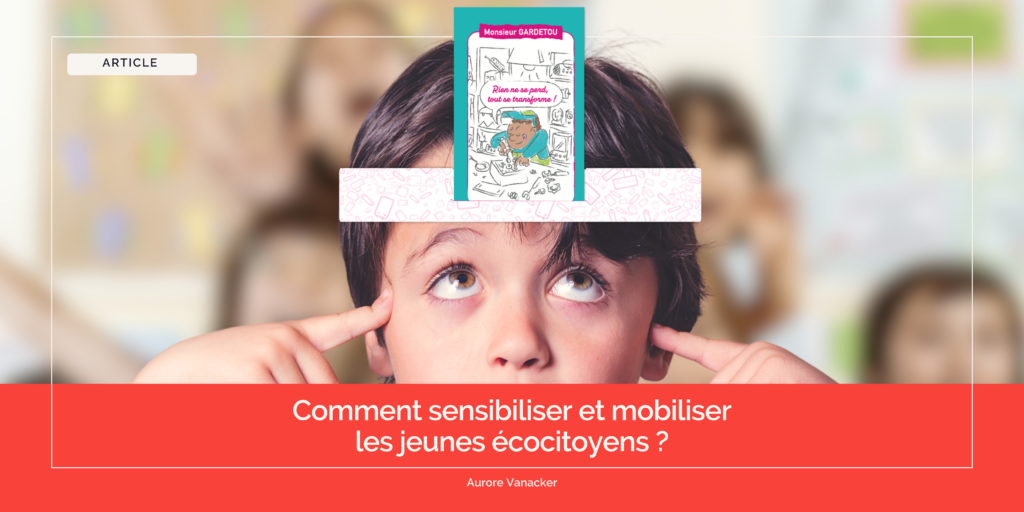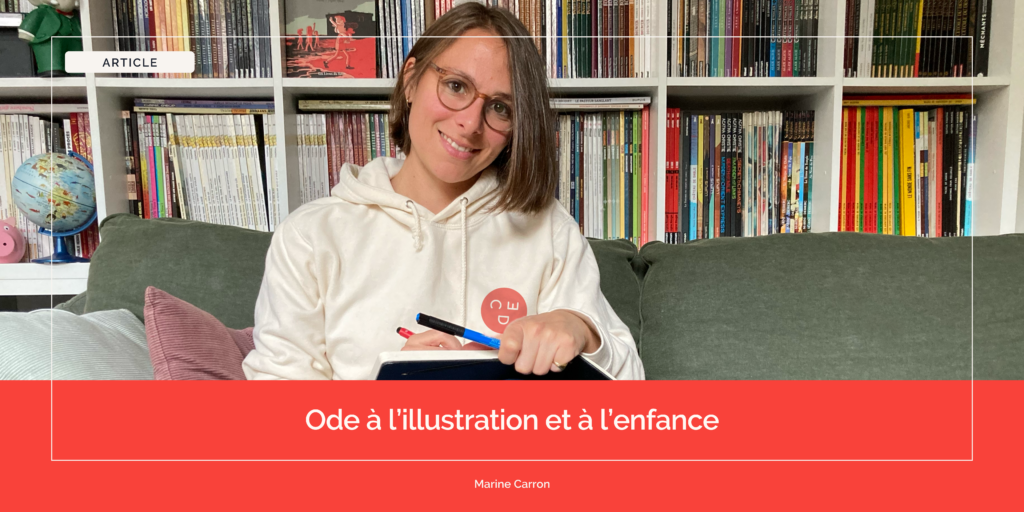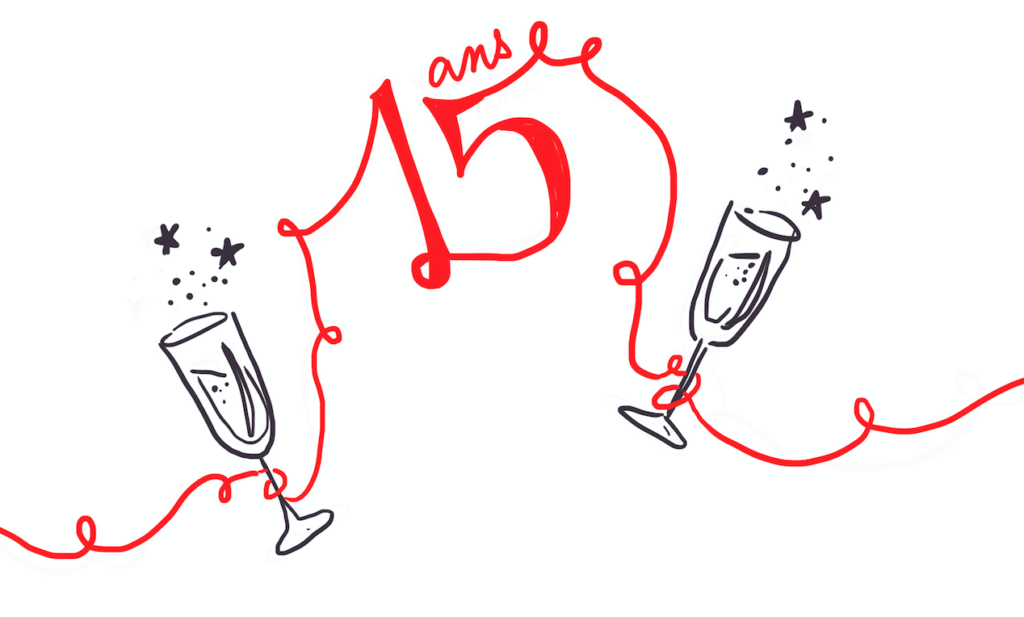Consumer who laughs, is already conquered.
In everyday life, it is good to say that laughter is fundamental. Humor is a source of fulfillment and a vector of connection. A bias adopted by brands that have now understood the challenge of humanizing themselves and creating proximity. Emotions have become inseparable in any relationship between a brand and its consumers.
In the midst of the products and services offered by a company, emotions are now mixed in. This is far from displeasing to consumers, who find themselves more in tune with the soul of the brands and move away from the primary need for the act of buying (70% say they prefer brands with a funny and offbeat discourse).
In our daily lives, we have the pleasure of memorizing and retaining puns and jokes that we can hear in our social spheres and now in the advertising sphere.
Short jokes, charades, riddles and more can make up a solid content strategy. Funny faces become funny visuals, jokes become meaningful slogans that will resonate with audiences. The goal? To put a smile on the face of your future consumers and humanize your brand image in their eyes.
Laugh at everything, but not with anyone...
While it's tempting to break the ice with banter, it's important to focus on the audience we want to make fun of. One of the cornerstones of a marketing strategy is the targets, the people we want to engage through various activities.
It is therefore obvious that in this continuity, we do not laugh with the joke. Humor must be in adequacy with your identity but also the profile of your targets.
For example, we have the story not of Toto but of the Nathan publishing house, which entrusted us with the implementation of a campaign for Dessinéo, a medium that helps reveal the artistic potential of children.
In order to put a smile on the faces of parents who are tired of receiving approximate portraits, we wanted to bring this well-known situation to life with derision.
...And not just anywhere.
Just like in life, all means are good to raise a smile or even a laugh. A versatile necessity that brands have well understood and decline in all possible ways to touch the hearts of consumers.
Each medium has its own attractions, which can create emotion. We might as well take advantage of each of them, knowing that 78% of consumers think that brands should offer happiness beyond products or services.
Through a commercial, an eye-catching poster and now increasingly on digital.
Social networks, like influencer marketing, are taking an important place in the diffusion of messages thanks to the proximity and immediacy they offer. This proximity inspires and opens the doors to new activations with, for example, the influencer campaign we realized for Houses of Treasure, an Escape Quest from Jumbodiset.
It's on Tik Tok that we put our suitcases, full of humor, creativity and mischief in order to approach an offbeat angle. The objective was to enhance this range of games by suggesting that they were so captivating, that they could make you forget important things in your life, very important...
Laugh, but never laugh yellow.
The strategy of humor is successful, but it requires careful thought and support. Some jokes can be in bad taste, others fall flat. The redundancy of humorous messages can be perceived as a lack of credibility in the long run. This is why pacing is important. Leaving time out to address other topics helps you create a versatile identity.
But the enemy of humor strategies is bad buzz.
It is fundamental to take into consideration all the elements that revolve around the campaign and especially the public. If bad taste or overstepped limits occur, it is not tomatoes but negative feedback that will be received.
You will have understood that in all situations, humor is a key, opening the doors of affect and proximity to reach the grail, "love brand" status, in the minds of consumers.
